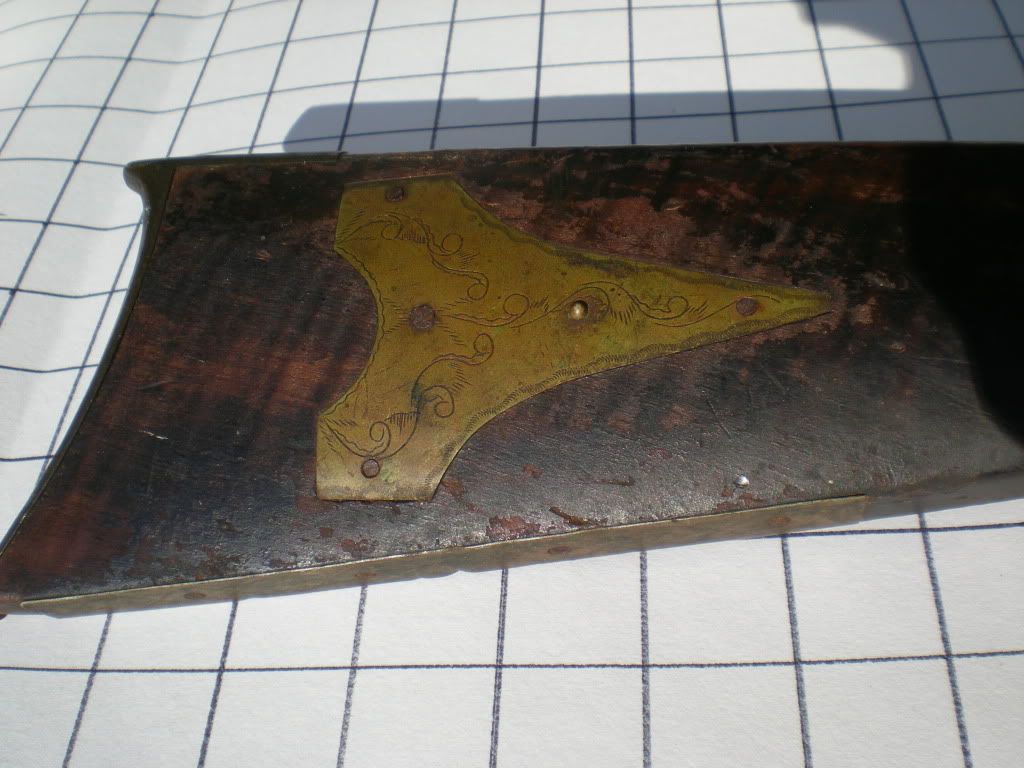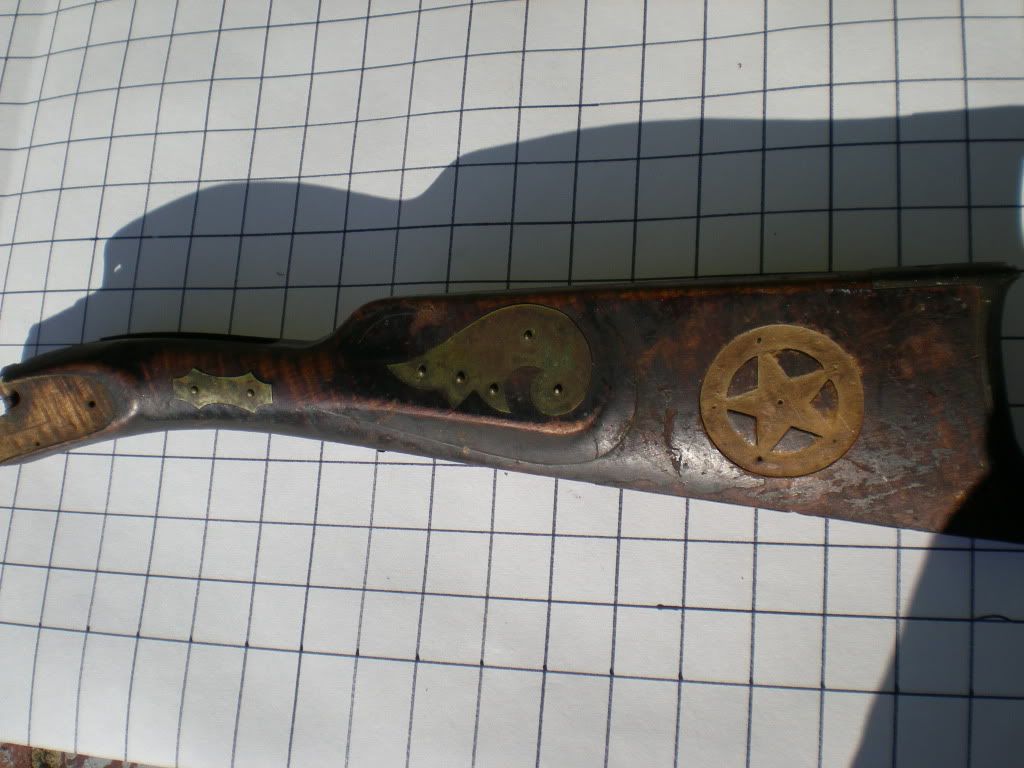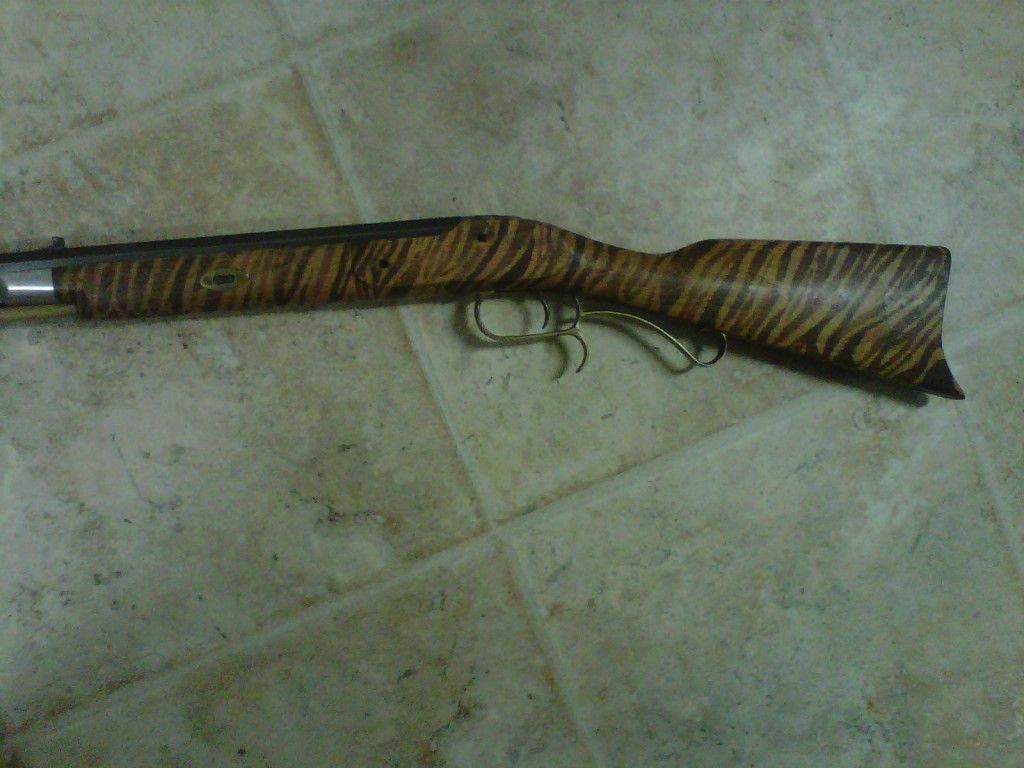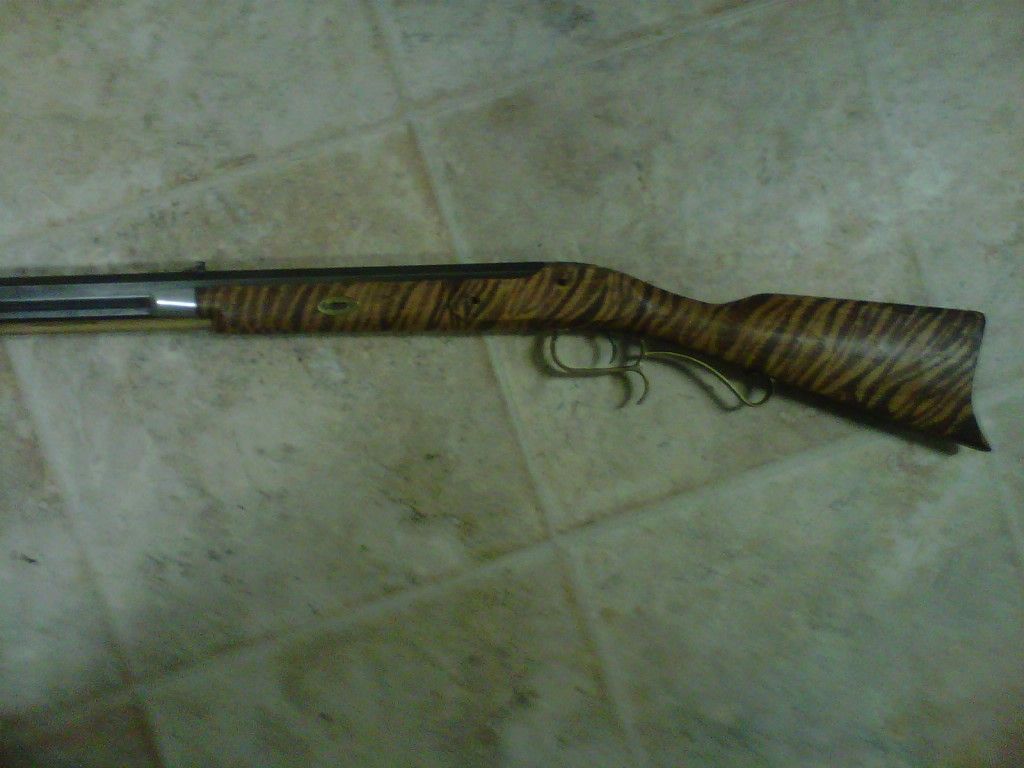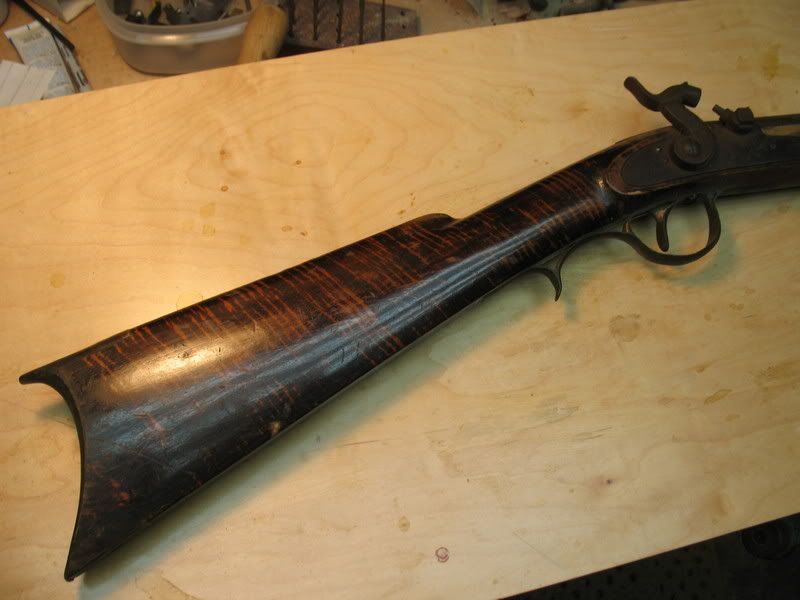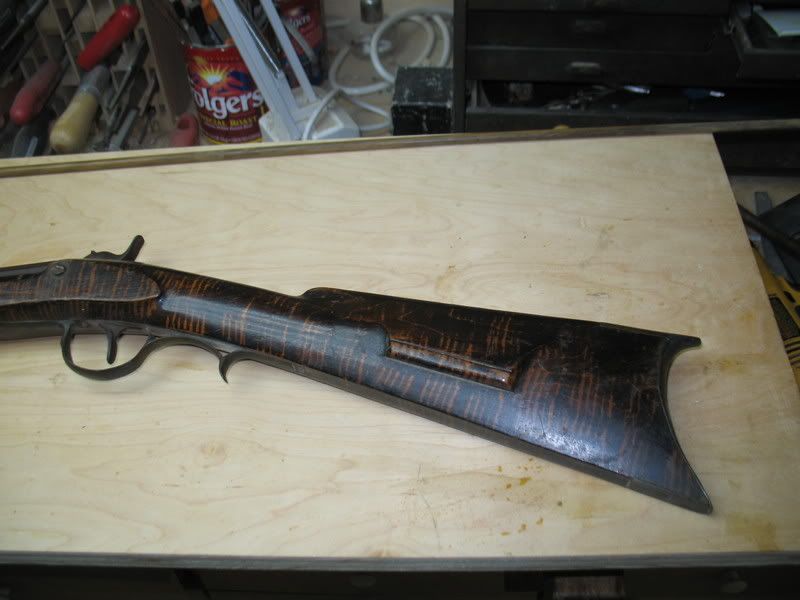jdkerstetter
69 Cal.
- Joined
- Feb 15, 2012
- Messages
- 3,029
- Reaction score
- 7
Good post Travis.
Further more on "burning", it appears it was a "fad" for a while...in the 20th century not the 19th...and it results in a stock that looks burned or charred....not the nice tight lines you see on a Leman.
I have had the opportunity to view several original Lemans and they show no evidence of "burning" and the stripes are obviously hand appied in a manner simular to what has already been described....probably with ink though I don't know that the iron in the ink would react like AF....could be.
Leman's factory was one of the prolific producers of civilian arms of the 19th century and there are some very good color pictures of a couple Lemans in the book Steel Canvas and a simple search will reveal many others on-line. The Landis Valley Museum by Lancaster, PA has several on display right now.
Candy striped ramrods? Many experts agree that they are another 20th century invention.
Enjoy, J.D.
Further more on "burning", it appears it was a "fad" for a while...in the 20th century not the 19th...and it results in a stock that looks burned or charred....not the nice tight lines you see on a Leman.
I have had the opportunity to view several original Lemans and they show no evidence of "burning" and the stripes are obviously hand appied in a manner simular to what has already been described....probably with ink though I don't know that the iron in the ink would react like AF....could be.
Leman's factory was one of the prolific producers of civilian arms of the 19th century and there are some very good color pictures of a couple Lemans in the book Steel Canvas and a simple search will reveal many others on-line. The Landis Valley Museum by Lancaster, PA has several on display right now.
Candy striped ramrods? Many experts agree that they are another 20th century invention.
Enjoy, J.D.
Last edited by a moderator:





